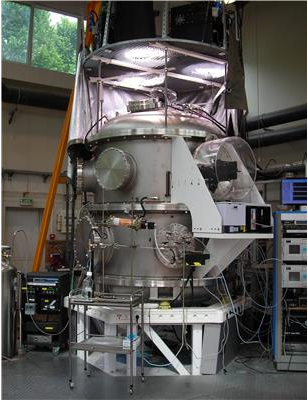Feb 16 2016
In addition to precipitation, clouds influence the climate in various ways: they cover 70% of the Earth's surface and represent nearly 15% of the volume of the atmosphere. Scientists need to understand their underlying chemical and physical mechanisms in order to better integrate them into climate change models.
 The CESAM simulation chamber. Credits: LISA (CNRS/Université Paris-Est Créteil/Université Paris) Diderot)
The CESAM simulation chamber. Credits: LISA (CNRS/Université Paris-Est Créteil/Université Paris) Diderot)
An international team of researchers at the Laboratoire interuniversitaire des systèmes atmosphériques (CNRS/Université Paris-Est Créteil/Université Paris Diderot)[1] and the Laboratoire chimie de l’environnement (CNRS/Aix-Marseille Université) thus demonstrated for the first time the role played by cloud droplets in the atmospheric transformation of volatile organic pollutants. Volatile organic compounds, in gaseous form, condensate in these droplets to form secondary organic aerosols, which are a mixture of gas and solid or liquid particles.
This work is published on 15 February 2016 in Atmospheric Chemistry and Physics.
[1] The laboratory is part of the Institut Pierre Simon Laplace.